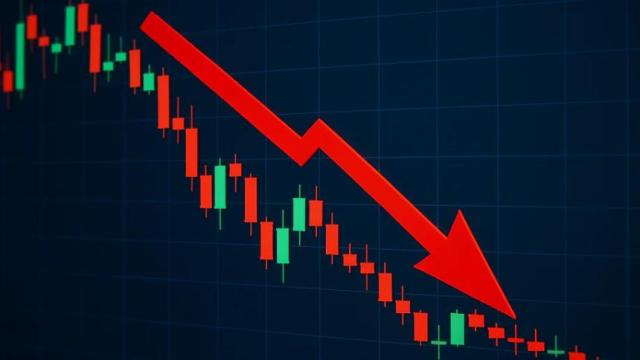To be honest, the black swan event of October 11th made me, an originally optimistic industry observer, feel a sense of despair.
I originally understood the current "Three Kingdoms" situation in the crypto industry, thinking that it was a fight between the gods and retail investors would get some meat. However, after experiencing this bloodbath and unraveling the underlying logic, I found that this was not the case.
To put it bluntly, we originally thought that the technical community was innovating, exchanges were generating traffic, and Wall Street was allocating funds. The three parties were each doing their own thing. As long as we retail investors seize the opportunity, follow the wave of technological innovation, take advantage of hot spots, and rush in when funds enter the market, we can always get a share of the profits.
However, after experiencing the bloodbath on October 11, I suddenly realized that these three parties might not be competing in an orderly manner at all, but were instead harvesting all the liquidity in the market?
The first force: exchanges monopolize traffic and are vampires that control traffic and liquidity pools.
To be honest, I used to think that exchanges just wanted to expand their platforms, increase traffic, expand their ecosystems, and make a lot of money. However, the USDe's cross-margin liquidation incident exposed the powerlessness of retail investors under the rules of the exchange platform. The leverage level increased by the platform to improve the product and service experience and the unclear risk control capabilities are actually traps for retail investors.
Various rebate programs, Alpha and MEME launch pads, various revolving loans, and highly leveraged contract trading methods are constantly emerging. While these seemingly offer retail investors numerous profit opportunities, if exchanges can no longer withstand the risk of on-chain DeFi cascading liquidations, retail investors will also be dragged down. Life is like that.
What's particularly frightening is that the top 10 exchanges generated $21.6 trillion in trading volume in Q2, yet overall market liquidity is declining. Where did the money go? Besides transaction fees, there's also various liquidations. Who's draining the liquidity?
The second force: Wall Street capital, entering the market under the guise of compliance
I was particularly looking forward to Wall Street entering the market, thinking that institutional funds could bring greater stability to the market. After all, institutions are long-term players and can bring incremental injections into the market. We will then reap the industry dividends of the integration of Crypto and TradFi.
However, before this recent plunge, there were reports of whale profiting from precise short. Several wallets, suspected to be Wall Street structures, initiated massive airdrop positions before the crash, generating hundreds of millions in profits. Similar reports abound, resembling insider information. However, in these moments of panic, it makes one wonder: how do institutions consistently gain the advantage of "front-loading" before black swan events?
These TradFi institutions, under the guise of compliance and capital, are actually entering the market. What are they actually doing? Using stablecoin public chains to tie up the DeFi ecosystem, using ETF channels to control capital flows, and using various financial tools to gradually erode the market's voice? On the surface, they claim to be doing this for industry development, but what is the reality? There are too many conspiracy theories about the Trump family's wealth to elaborate on.
The third force: technology natives + retail developers, cannon fodder caught in the middle.
I think this is where most of the retail investors, developers, and so-called builders in the market are truly desperate. Since last year, it has been said that many Altcoin have been brought down, but this time it directly broke through to zero, forcing people to see the facts clearly: the liquidity of many Altcoin is almost exhausted.
The problem is, infra technical debt is piling up, application rollouts are failing to meet expectations, and developers are toiling away on building, only to find the market isn't buying it.
Therefore, I can't see how the altcoin market will rebound. I don't understand how these altcoin projects will seize liquidity from exchanges, or how they will compete with Wall Street institutions in their ability to manipulate prices. If the market doesn't buy into the narrative, if the market is left with only so-called meme gambling, then the Altcoin market will be a complete liquidation and reshuffle. Developers will flee, and there will be a structured reshuffle of market participants. Will the market return to nothingness? Oh, it's too difficult!
so.....
If the crypto industry's "Three Kingdoms" situation continues, with exchanges monopolizing the market, Wall Street profiting, and retail investors and technical analysts being domineering, this will be a disaster for the cyclical nature of crypto trading.
In the long run, the market will only leave a few short-term winners and all long-term losers.







